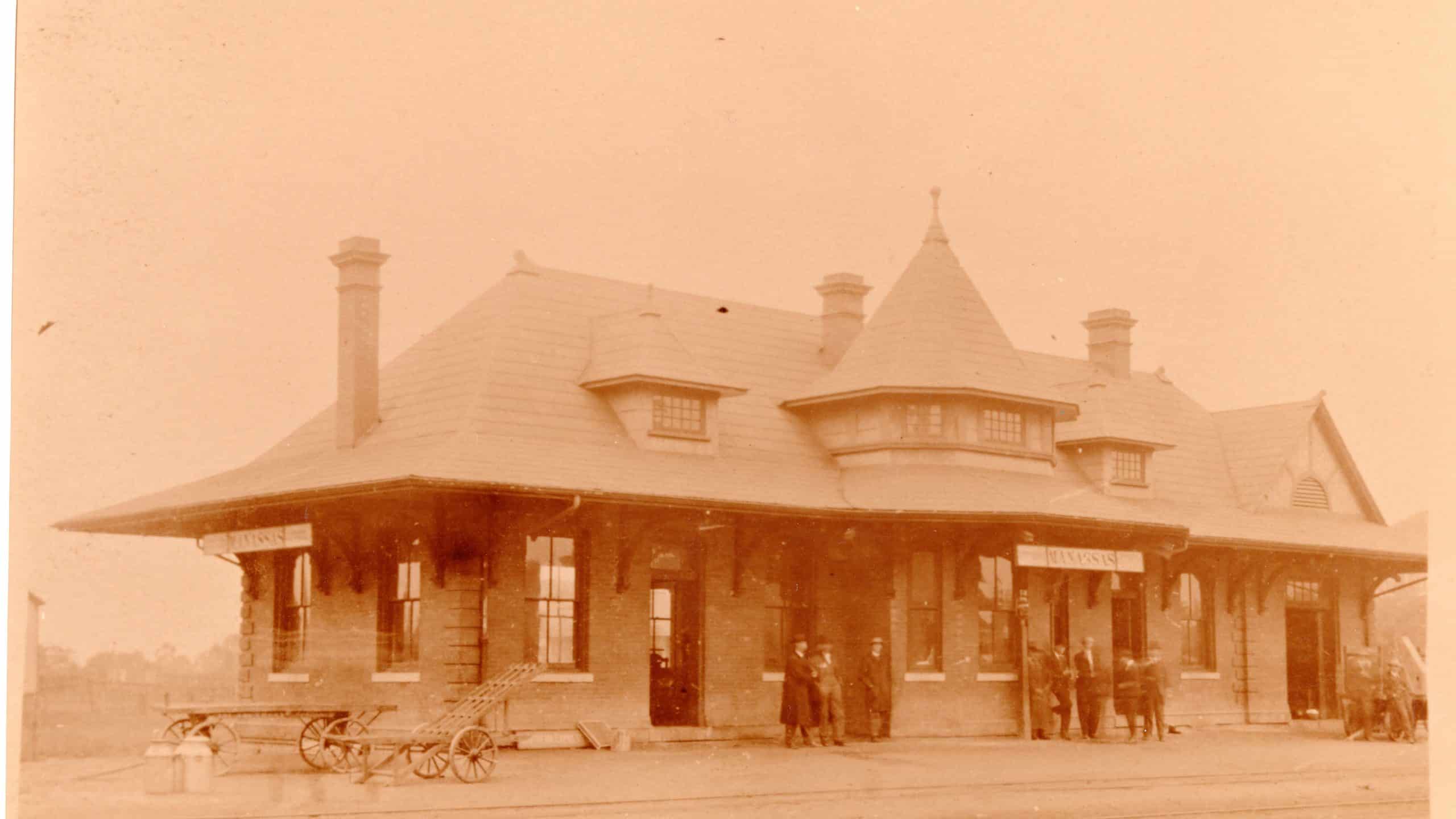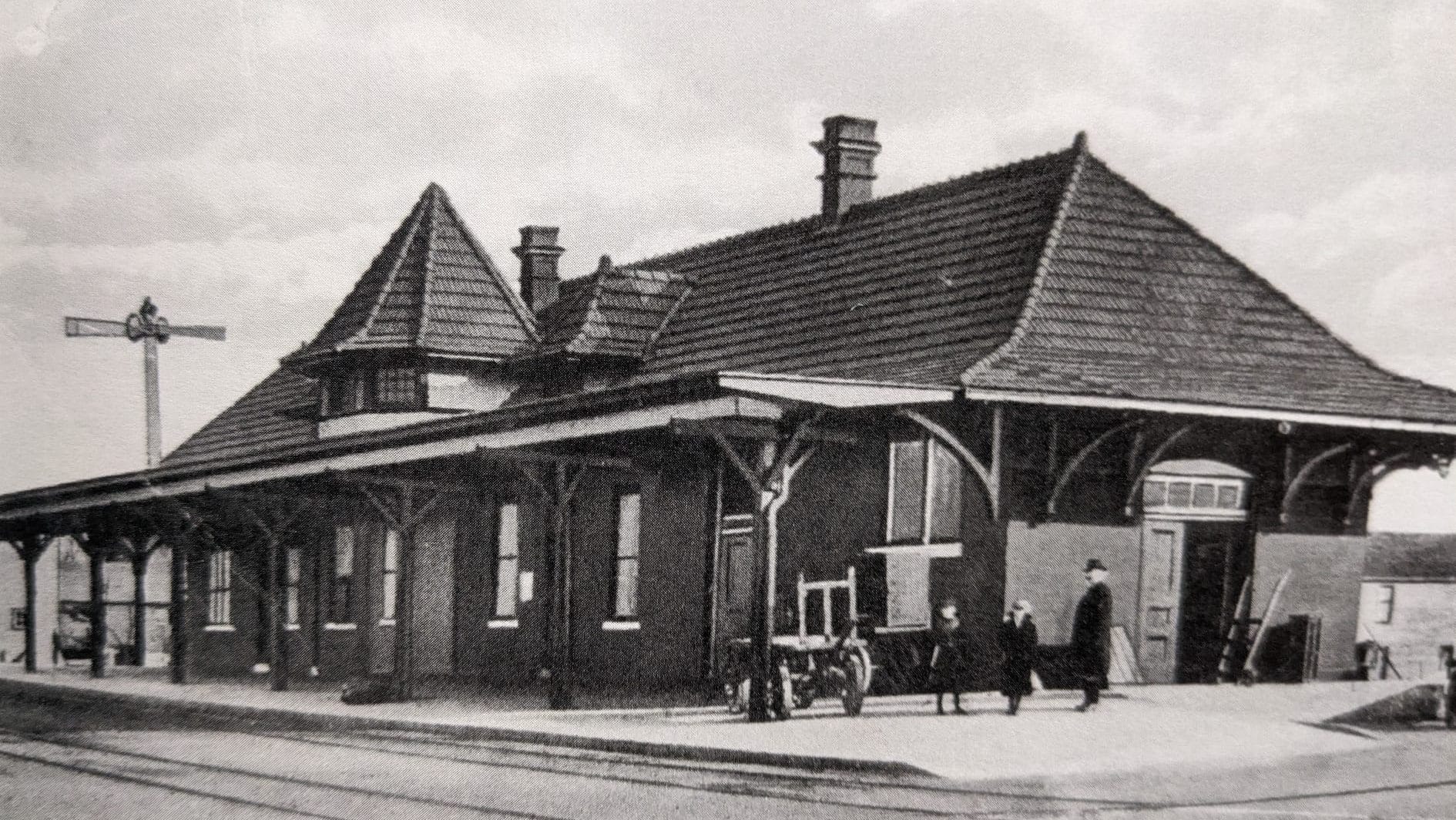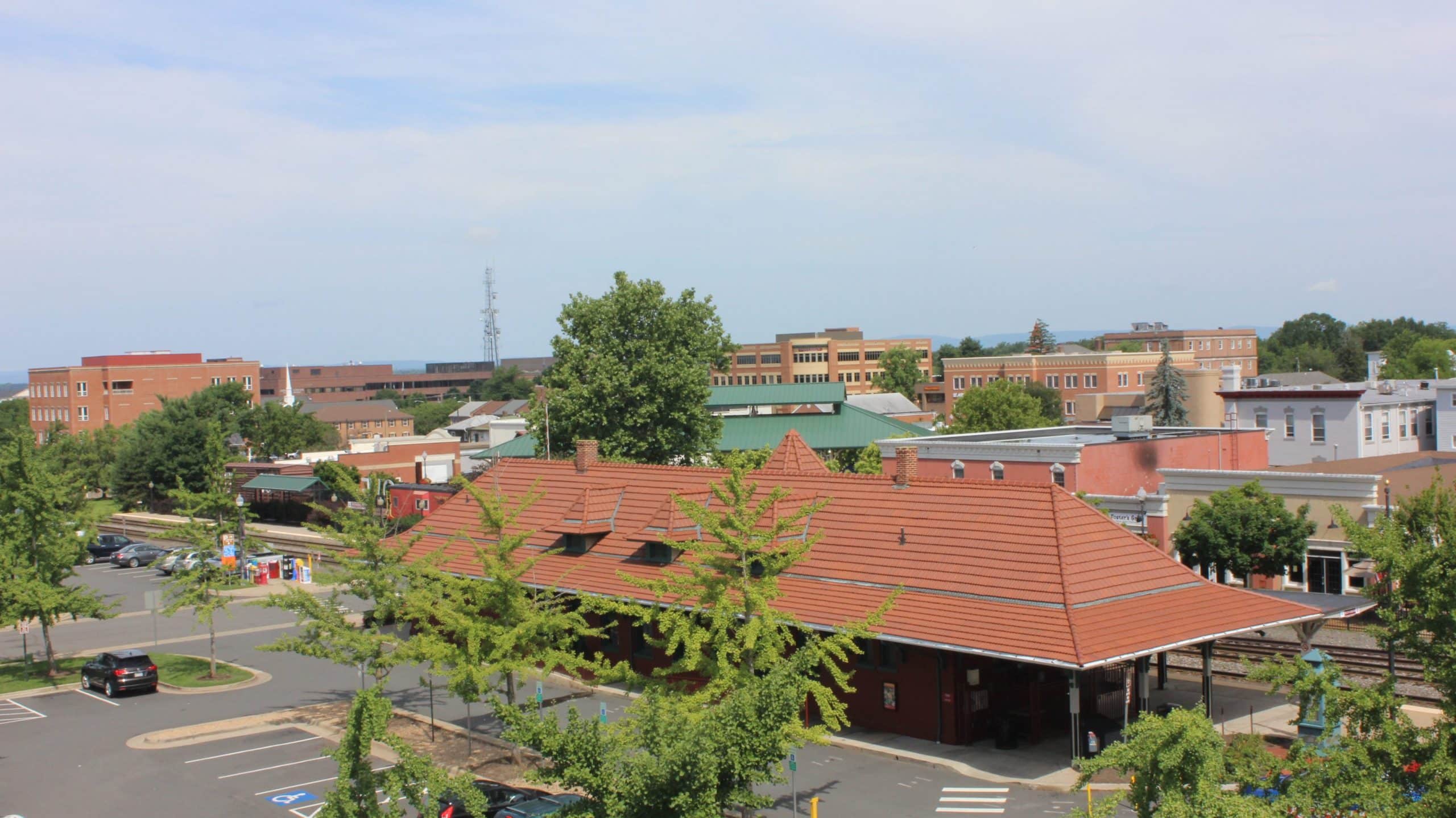
The first Manassas railroad depot. Was a small log building located east of the present site between Battle and West Streets. The first depot built on the present site was a simple wooden structure that was dismantled and replace by this brick depot in 1904. (Picture: "Manassas, Postcards History Series").The Manassas Train Station, located in Historic Manassas, Virginia, was built in 1914. This iconic building stands as a silent witness to the growth and change of the city, as well as to some of the most important events that occurred that year.
1914 was a year of significant global events. The First World War was just beginning, and the assassination of Archduke Franz Ferdinand of Austria set off a chain reaction that would eventually lead to the involvement of many nations in the conflict. It was also a year of great technological advances, including the opening of the Panama Canal and the introduction of the Ford Model T assembly line.
Amidst all these global events, something important was happening in the small town of Manassas. The construction of the Manassas Train Station was completed that year, and it quickly became a hub of activity for the town and Prince William County. The station was a vital link between Manassas and the rest of the country, providing transportation for people and goods alike.

The new depot. In June 1914, a fire broke out in the baggage room, and the first depot burned. A new depot was built four months later. Its new features included and office, waiting rooms for ladies, man, and "colored" passengers, among other amenities. This picture shows a new umbrella shed on two sides, new electric lights. and clay tile roof. (Picture: "Manassas, Postcard History Series"). Over the years, the Manassas Train Station witnessed many changes in the city. It was a bustling hub of activity during the 1920s and 1930s, as travelers came and went from Manassas.
As the years went on, the Manassas Train Station continued to be an important landmark in the city. It survived the decline of rail travel in the mid-20th century, and today it stands as a proof to the city's rich history.
Visitors to the Train Station can still see the original features that were built over a century ago, including the distinctive red brick façade and the arched windows. The station has been restored and is now a Virginia Welcome Center and main office of Historic Manassas, Inc. It also hosts the Manassas Museum Store, offering a glimpse into the past and the role that rail travel played in our history.
The Manassas Train Station may be a silent witness to history, but it is also a living reminder of the city's past and its enduring spirit. As visitors step inside, they are transported back in time to an era when rail travel was the height of modernity and adventure. Today, the station represents the city's rich history and legacy.

Witness of past, present and future. For more than 100 years, the Manassas Railroad Station has seen the growth of this community from a small town to a vibrant, modern city that contributes to the progress of Virginia, and the entire Nation. (Picture: Historic Manassas, Inc. Archives)




